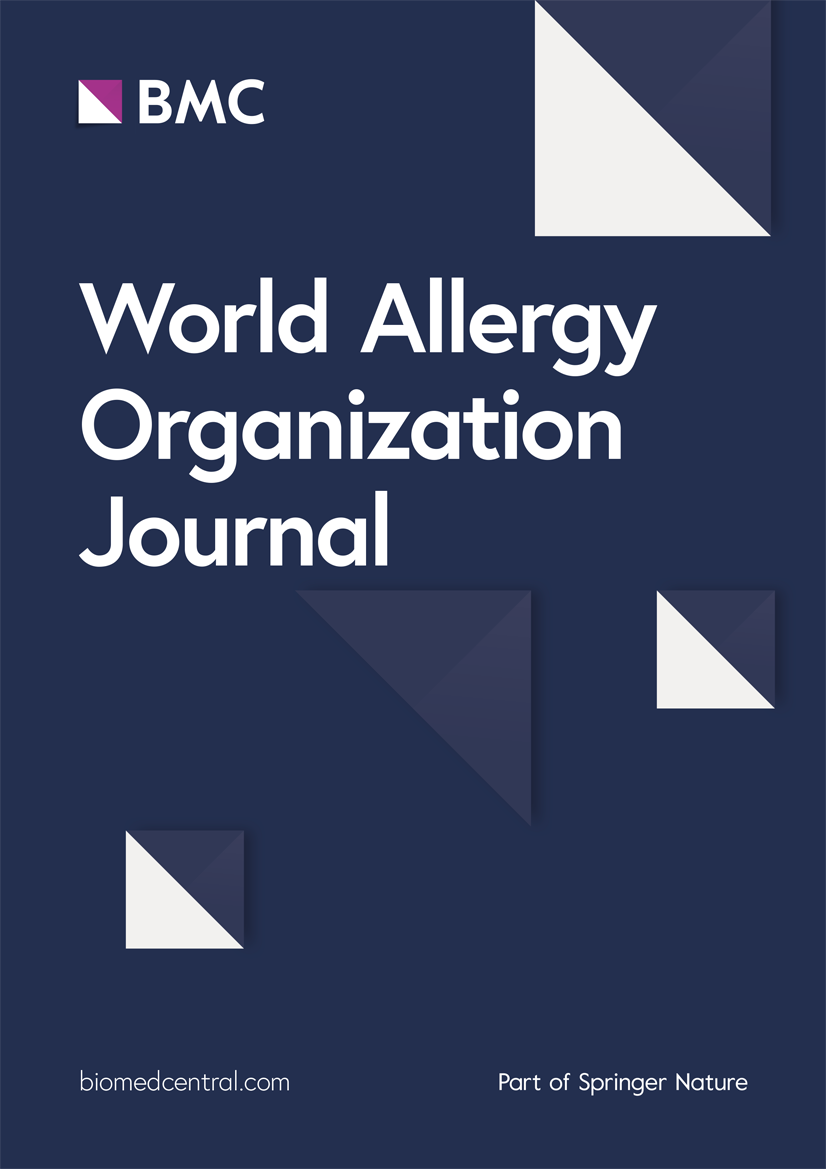Wildfire and asthma - The prospective interventions
IF 4.3
2区 医学
Q2 ALLERGY
引用次数: 0
Abstract
The increasing global warming trend has led to a drier landscape, which has in turn resulted in an increased incidence of wildfires. The smoke emanating from these fires has consequences that extend beyond the loss of property. This comes with the wildfire season whose smoke emanations have implications beyond loss of property. Among the health concerns regarding wildfires and smoke are respiratory diseases, such as asthma. Asthma, as a heterogeneous disease, is directly linked to other types of smoke rather than cigarettes, traffic exhaust, and industrial chemicals. Wildfires have been shown to be associated with particulate matter that act as pollutants to human life. The unprecedented increase in emergency visits during wildfire seasons is of clinical significance for its association with asthma and other pulmonary disorders. Despite the efforts of wealthy communities or nations, which have faced episodes of wildfires in recent years, the most effective protocol is yet to be developed. Given the vulnerability of individuals, including asthmatics, to the smoke from wildfires, interventions should extend beyond emergency measures. This review aims to provide a comprehensive overview of the relationship between wildfires and asthma symptoms, exploring the underlying mechanisms both in vitro and in vivo. It also delves into the potential implications for science policies, communication strategies, research directions, and management strategies for asthma cases, emphasizing the importance of preventive measures. Furthermore, this review serves as a guideline for various sectors, offering a clear conceptual rationale for preventing and managing wildfire smoke-related asthma and other pulmonary diseases. The interventions are multi-sectoral and multidisciplinary concerns, and given the transboundary nature of smoke, it is imperative for all relevant parties to collaborate to minimize preventable deaths.
野火和哮喘-前瞻性干预
日益加剧的全球变暖趋势导致了更干燥的景观,这反过来又导致了野火的发生率增加。这些火灾产生的烟雾所造成的后果超出了财产损失。这是在野火季节发生的,其烟雾散发的影响不仅仅是财产损失。与野火和烟雾有关的健康问题包括呼吸系统疾病,如哮喘。哮喘作为一种异质性疾病,与其他类型的烟雾直接相关,而不是香烟、交通废气和工业化学品。野火已被证明与颗粒物有关,这些颗粒物对人类生活起着污染物的作用。在野火季节,急诊人数空前增加,这与哮喘和其他肺部疾病有关,具有临床意义。尽管富裕的社区或国家在近年来面临野火事件的努力,但最有效的协议尚未制定出来。考虑到包括哮喘患者在内的个人容易受到野火烟雾的伤害,干预措施应超出紧急措施的范围。本文旨在全面概述野火与哮喘症状之间的关系,并在体内和体外探讨其潜在机制。探讨了哮喘病例的科学政策、传播策略、研究方向和管理策略的潜在意义,强调了预防措施的重要性。此外,本综述可作为各部门的指导方针,为预防和管理野火烟雾相关的哮喘和其他肺部疾病提供明确的概念依据。这些干预措施涉及多部门和多学科问题,鉴于吸烟的跨界性质,所有相关各方必须进行合作,尽量减少可预防的死亡。
本文章由计算机程序翻译,如有差异,请以英文原文为准。
求助全文
约1分钟内获得全文
求助全文
来源期刊

World Allergy Organization Journal
Immunology and Microbiology-Immunology
CiteScore
9.10
自引率
5.90%
发文量
91
审稿时长
9 weeks
期刊介绍:
The official pubication of the World Allergy Organization, the World Allergy Organization Journal (WAOjournal) publishes original mechanistic, translational, and clinical research on the topics of allergy, asthma, anaphylaxis, and clincial immunology, as well as reviews, guidelines, and position papers that contribute to the improvement of patient care. WAOjournal publishes research on the growth of allergy prevalence within the scope of single countries, country comparisons, and practical global issues and regulations, or threats to the allergy specialty. The Journal invites the submissions of all authors interested in publishing on current global problems in allergy, asthma, anaphylaxis, and immunology. Of particular interest are the immunological consequences of climate change and the subsequent systematic transformations in food habits and their consequences for the allergy/immunology discipline.
 求助内容:
求助内容: 应助结果提醒方式:
应助结果提醒方式:


